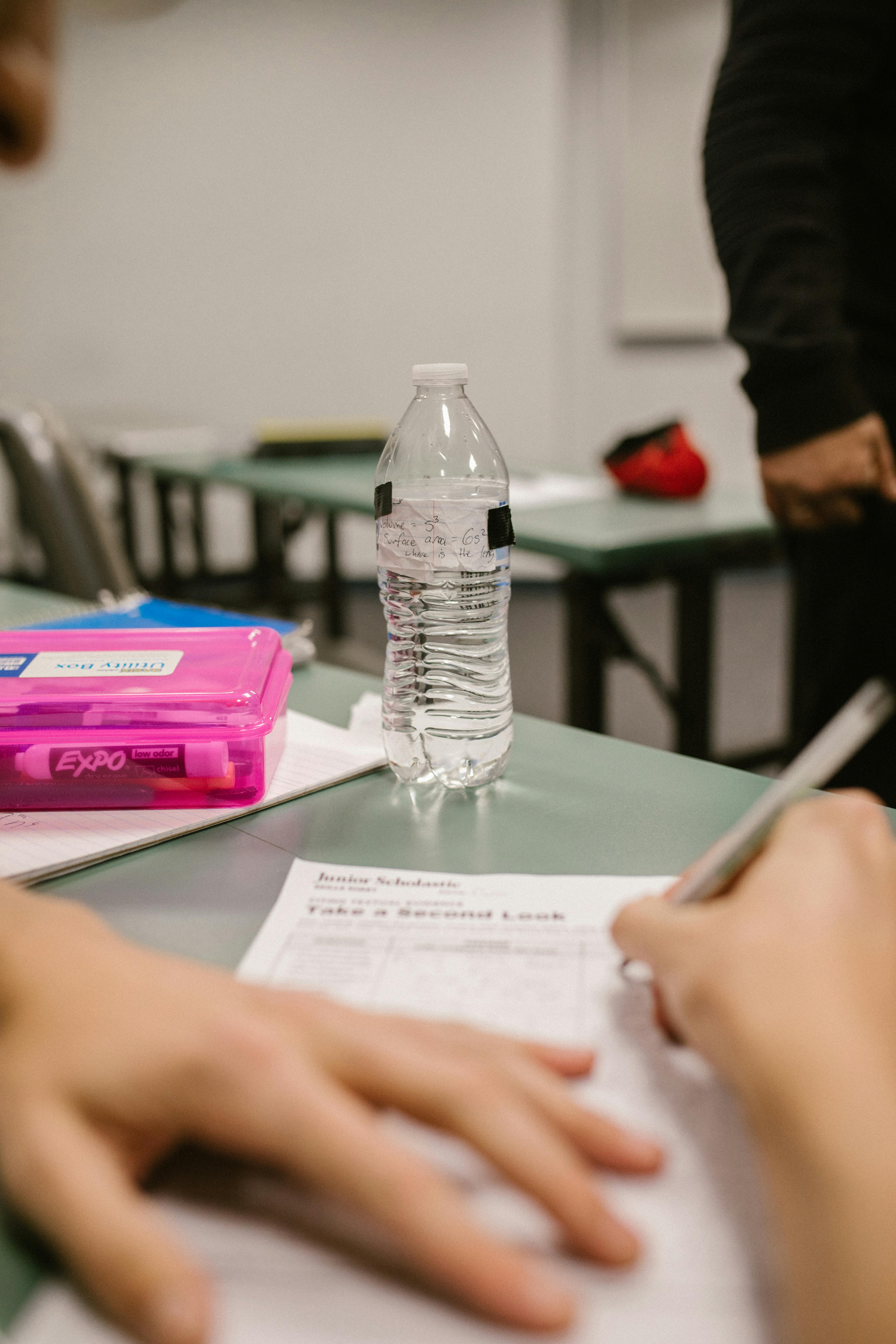Proven Methods for Mastering Mixed Fractions in 2025

Effective Ways to Add Mixed Fractions: A Simple Guide for 2025
Understanding how to add mixed fractions is an essential skill for students as they progress in their math education. Mixed fractions, or mixed numbers, combine whole numbers and fractions, making them a valuable topic not only for academic learning but also for real-life application. In this guide, we will explore various effective methods for adding mixed fractions, including step-by-step processes, practical examples, and tips to ensure comprehension. Our focus will be on the significance of teaching mixed numbers in a way that's engaging and straightforward for students.
By learning about mixed fractions, students develop critical skills that aid their mathematical foundation, paving the way for more complex arithmetic in the future. This article will cover the benefits of learning mixed fractions, techniques for explaining the addition of mixed numbers, as well as resources and engaging activities for improved understanding.
Additionally, we will provide interactive elements to further enhance the learning experience. Whether through worksheets, online tools, or real-world examples, this guide aims to equip educators and parents with the necessary resources to teach this important topic effectively.
Essential Methods for Understanding Mixed Numbers Addition
To master adding mixed fractions, students must first grasp the concept of mixed numbers. Understanding the components of mixed fractions is crucial for applying addition strategies successfully.
Definitions and Terms Used in Mixed Fractions
Mixed numbers consist of a whole number and a proper fraction. For instance, in \(2 \frac{1}{3}\), the number 2 is the whole number, and \( \frac{1}{3} \) is the fractional part. To add mixed fractions, it's essential to understand how to express these values, leading to a more straightforward addition process.
Steps to Add Mixed Numbers
The basic steps to Add mixed fractions are:
- Convert mixed numbers to improper fractions.
- Add the improper fractions.
- Convert the sum back to a mixed number if necessary.
By following these steps, students can systematically approach mixed fractions addition, ensuring accuracy in their computations.
Converting Mixed Fractions to Improper Fractions
Converting a mixed fraction to an improper fraction involves multiplying the whole number by the denominator and adding the numerator. For example:
- For \(2 \frac{1}{3}\), multiply \(2 \times 3 = 6\) and then add \(1\), resulting in \( \frac{7}{3} \).
This conversion is a crucial step in the mixed number addition process, as it simplifies the arithmetic involved.
Examples of Adding Mixed Fractions
To visualize the process, let's consider an example:
Add \(1 \frac{2}{5}\) and \(3 \frac{3}{10}\).
Step 1: Convert to improper fractions:
- \(1 \frac{2}{5} = \frac{7}{5}\)
- \(3 \frac{3}{10} = \frac{33}{10}\)
Step 2: Find a common denominator (in this case, 10) and add:
\(\frac{14}{10} + \frac{33}{10} = \frac{47}{10} = 4 \frac{7}{10}\)
Practical Applications of Mixed Fractions in Real Life
Teaching adding mixed fractions is vital not only for academic purposes but also for everyday scenarios where fractions are applicable. Understanding how to work with mixed numbers can help students in cooking, budgeting, and various project calculations.
Real-Life Examples of Mixed Fractions
Consider a recipe that requires \(2 \frac{1}{4}\) cups of flour, and you want to double the recipe. This task involves understanding mixed number addition: you would need \(2 \frac{1}{4} + 2 \frac{1}{4} = 4 \frac{1}{2}\) cups of flour. Such examples can make learning engaging and practical for students.
Interactive Activities for Practicing Mixed Numbers Addition
To reinforce the learning process, incorporating interactive activities can be effective. Utilize online resources such as math games where students can practice adding mixed fractions online. These tools make the learning process enjoyable while ensuring they grasp the concept.
Educator Resources for Teaching Mixed Fractions
For teachers, offering worksheets for adding mixed numbers can be invaluable. These resources provide structured problems that help students practice step-by-step mixed fractions addition, facilitating deeper understanding and skill enhancement.
Common Mistakes in Adding Mixed Fractions
It is essential to highlight common mistakes students make in mixed number addition, such as failing to find a common denominator or incorrectly converting improper fractions. Addressing these pitfalls can lead to clearer comprehension and minimize confusion.
Teaching Strategies for Adding Mixed Numbers
Addressing the challenges in teaching mixed numbers effectively is crucial for educators. Engaging strategies can enhance students' interest and understanding, leading to better overall success.
Differentiated Instruction for Mixed Numbers
Utilizing a variety of teaching methods, such as visual aids, hands-on activities, and group work can help cater to different learning styles. For instance, using visualizing mixed numbers addition aids students in grasping the concept more thoroughly.
Exploratory Learning Through Group Activities
Group activities that involve solving mixed fractions together can foster collaborative learning. Students can share strategies and insights, helping reinforce their understanding and uncover new methods for solving mixed number problems.
Benefits of Learning Mixed Fractions
The ability to add mixed fractions extends beyond the classroom. Students acquire a skill that aids in various aspects of their lives, emphasizing the importance of teaching this fundamental topic in mathematics.
Educational Videos and Tutorials on Mixed Fractions
Integrating educational videos can provide visual and auditory learners with additional resources for understanding mixed fractions. These multimedia tools can simplify concepts and present them in engaging formats.
Assessment Techniques for Mixed Numbers
Finally, assessing students' understanding through quizzes and practical applications can help identify areas that need more focus. Incorporating tools that test comprehension in real-world contexts can encourage students to apply their knowledge practically.
Conclusion: It’s Time to Master Mixed Fractions!
By following the methods outlined in this guide, educators and students can feel equipped to tackle adding mixed fractions. Emphasizing practical applications and engaging resources ensures that students not only understand the process but can apply it effectively in various contexts.
With continuous practice and appropriate resources, mixed fractions will no longer be a challenge for learners but a valuable tool in their mathematical arsenal. Now, dive into the world of mixed numbers, and start simplifying those fractions with confidence!